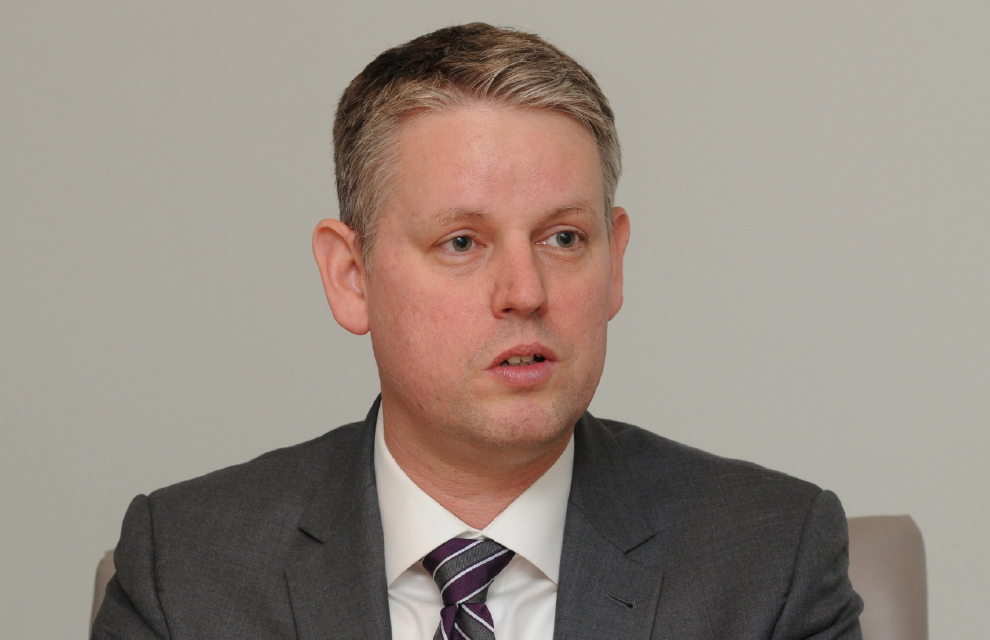Has technology changed the way the industry approaches regulation?
The industry has always taken compliance with regulations very seriously, regardless of technology. I do think there is an interesting relationship, though. Both regulators and technologists are continually looking to improve upon their individual missions and often influence each other. For example, the growth in algorithmic trading led regulators to implement new requirements to ensure that those algorithms were not harming investors or disrupting markets. In this case, a new regulation was the result of technology changes.
In other cases, regulation drives technology to change. The Markets in Financial Instruments Directive (MiFID) and the Securities Financing Transactions Regulation (SFTR) are good examples, where change was initiated by regulation and then technology had to adapt to achieve compliance. This dynamic has led to safer, more secure, and robust markets. It also highlights the importance of an open dialogue between regulators and market participants, so that regulations and technology advances stay in sync. Otherwise, you may have situations where technology can have harmful impacts upon the users of the markets, or where regulatory changes result in unintended negative outcomes.
A collaborative approach is in the best interest of everyone; you want to ensure stability and market integrity while enabling innovation. For concrete examples, the US Securities and Exchange Commission’s strategic hub for innovation and financial technology and LabCFTC are great instances of regulators collaborating with the industry on technology and innovation to better serve the users of these markets.
What challenges is technology causing for firms? Is there a need for more education?
Even in the face of the constant evolution and advancement of technology, the right investments and resources can enable firms to increase revenue, decrease costs, improve compliance, efficiency and client experience.
I’ll give some illustrations of how securities finance firms are using technology to leverage those three benefits, which ultimately allow firms to differentiate themselves from their competition.
Increase revenues: Lenders have implemented advanced data analytics to forecast the demand for securities and determine optimal times to lend out securities and/or rerate outstanding contracts. This modelling, which is based on historical data and other indicators, has allowed those firms to increase their lending revenues.
Decrease costs: Firms have implemented robotic processing automation (RPA) to improve their staff’s productivity and reduce their staff costs. For example, the nightly reconciliation of positions and mark-to-market often produces breaks due to misalignment on mark prices. Firms have implemented RPA to automatically double check the price on contracts where there is a break on marks. Having this initial check be automated is more efficient and less error-prone than having a staff member manually looking up prices. It also allows the system to flag the breaks that weren’t immediately resolved, which are generally more complex problems. This lets the operations staff spend more time focusing on the more difficult problems and less time on the tedious routine tasks, which is better for the firm’s bottom line as well as for the staff’s job satisfaction.
Improved compliance, efficiency, and client experience: Workflow automation tools have enabled firms to realise gains in all three of these areas. These tools allow processes such as the approval of a new counterparty and execution of the appropriate documents to be mapped, improved, and then executed via the platform. Evaluating control points and identifying evidence is a critical aspect when implementing these tools, which almost always identifies opportunities for improvement.
Once the workflow automation tools are live, they help to facilitate cross-functional communication and capture that all the requisite approvals were given without the burden of manual tracking and coordination. These tools also help firms execute process more quickly and more accurately, which reduces the time needed to onboard a new counterparty and improves interactions and the experience for clients.
Technology helps to unlock these three benefits of increased revenues, decreased costs, and improve compliance, efficiency and client experience. Firms that effectively deploy such technology can outperform their competitors and differentiate themselves as market leaders.
How is the OCC leveraging technology?
OCC uses advanced analytics to operate our world-class risk management systems and ensure the safety and security of the markets that we serve. We have a process innovation team that uses workflow and robotic process automation tools to improve and deliver high-quality services in an efficient, compliant, and reliable manner.
We are continually striving to innovate in ways to better serve the industry and the greater public interest. This can be seen clearly in the multi-year ‘renaissance initiative’ we launched late last year to modernise our technology infrastructure and enhance the way in which we operate as a business. Our goal for this initiative is to enhance our compliance posture, increase OCC’s agility, improve our system’s resiliency, and deliver greater efficiency to the users of our markets. The technology innovations that we are implementing will transform how we do our jobs, enhance how we interact with and serve the industry, and introduce new capabilities that will enable firms to innovate and grow.
← Previous interview
Pirum
Matthew Lyons
Next interview →
Tata Consultancy Services
Biser Dimitrov
 Image: Shutterstock
Image: Shutterstock 